Capital One 2013 Annual Report Download - page 183
Download and view the complete annual report
Please find page 183 of the 2013 Capital One annual report below. You can navigate through the pages in the report by either clicking on the pages listed below, or by using the keyword search tool below to find specific information within the annual report.-
 1
1 -
 2
2 -
 3
3 -
 4
4 -
 5
5 -
 6
6 -
 7
7 -
 8
8 -
 9
9 -
 10
10 -
 11
11 -
 12
12 -
 13
13 -
 14
14 -
 15
15 -
 16
16 -
 17
17 -
 18
18 -
 19
19 -
 20
20 -
 21
21 -
 22
22 -
 23
23 -
 24
24 -
 25
25 -
 26
26 -
 27
27 -
 28
28 -
 29
29 -
 30
30 -
 31
31 -
 32
32 -
 33
33 -
 34
34 -
 35
35 -
 36
36 -
 37
37 -
 38
38 -
 39
39 -
 40
40 -
 41
41 -
 42
42 -
 43
43 -
 44
44 -
 45
45 -
 46
46 -
 47
47 -
 48
48 -
 49
49 -
 50
50 -
 51
51 -
 52
52 -
 53
53 -
 54
54 -
 55
55 -
 56
56 -
 57
57 -
 58
58 -
 59
59 -
 60
60 -
 61
61 -
 62
62 -
 63
63 -
 64
64 -
 65
65 -
 66
66 -
 67
67 -
 68
68 -
 69
69 -
 70
70 -
 71
71 -
 72
72 -
 73
73 -
 74
74 -
 75
75 -
 76
76 -
 77
77 -
 78
78 -
 79
79 -
 80
80 -
 81
81 -
 82
82 -
 83
83 -
 84
84 -
 85
85 -
 86
86 -
 87
87 -
 88
88 -
 89
89 -
 90
90 -
 91
91 -
 92
92 -
 93
93 -
 94
94 -
 95
95 -
 96
96 -
 97
97 -
 98
98 -
 99
99 -
 100
100 -
 101
101 -
 102
102 -
 103
103 -
 104
104 -
 105
105 -
 106
106 -
 107
107 -
 108
108 -
 109
109 -
 110
110 -
 111
111 -
 112
112 -
 113
113 -
 114
114 -
 115
115 -
 116
116 -
 117
117 -
 118
118 -
 119
119 -
 120
120 -
 121
121 -
 122
122 -
 123
123 -
 124
124 -
 125
125 -
 126
126 -
 127
127 -
 128
128 -
 129
129 -
 130
130 -
 131
131 -
 132
132 -
 133
133 -
 134
134 -
 135
135 -
 136
136 -
 137
137 -
 138
138 -
 139
139 -
 140
140 -
 141
141 -
 142
142 -
 143
143 -
 144
144 -
 145
145 -
 146
146 -
 147
147 -
 148
148 -
 149
149 -
 150
150 -
 151
151 -
 152
152 -
 153
153 -
 154
154 -
 155
155 -
 156
156 -
 157
157 -
 158
158 -
 159
159 -
 160
160 -
 161
161 -
 162
162 -
 163
163 -
 164
164 -
 165
165 -
 166
166 -
 167
167 -
 168
168 -
 169
169 -
 170
170 -
 171
171 -
 172
172 -
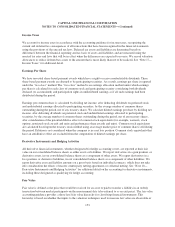 173
173 -
 174
174 -
 175
175 -
 176
176 -
 177
177 -
 178
178 -
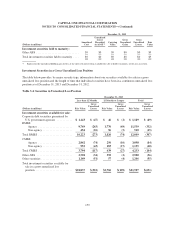 179
179 -
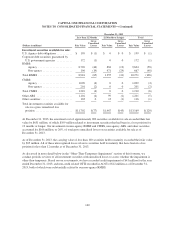 180
180 -
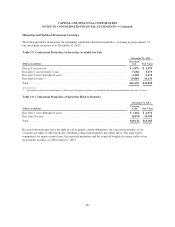 181
181 -
 182
182 -
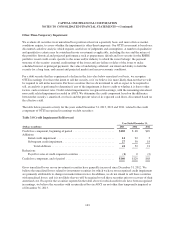 183
183 -
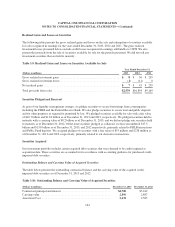 184
184 -
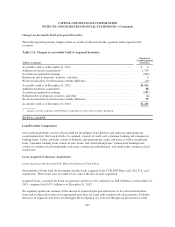 185
185 -
 186
186 -
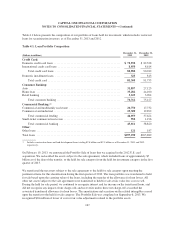 187
187 -
 188
188 -
 189
189 -
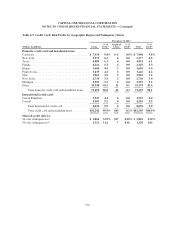 190
190 -
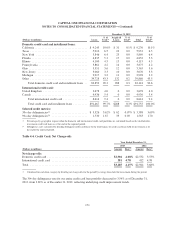 191
191 -
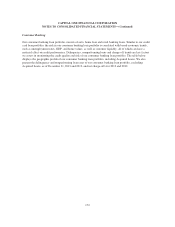 192
192 -
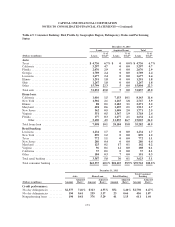 193
193 -
 194
194 -
 195
195 -
 196
196 -
 197
197 -
 198
198 -
 199
199 -
 200
200 -
 201
201 -
 202
202 -
 203
203 -
 204
204 -
 205
205 -
 206
206 -
 207
207 -
 208
208 -
 209
209 -
 210
210 -
 211
211 -
 212
212 -
 213
213 -
 214
214 -
 215
215 -
 216
216 -
 217
217 -
 218
218 -
 219
219 -
 220
220 -
 221
221 -
 222
222 -
 223
223 -
 224
224 -
 225
225 -
 226
226 -
 227
227 -
 228
228 -
 229
229 -
 230
230 -
 231
231 -
 232
232 -
 233
233 -
 234
234 -
 235
235 -
 236
236 -
 237
237 -
 238
238 -
 239
239 -
 240
240 -
 241
241 -
 242
242 -
 243
243 -
 244
244 -
 245
245 -
 246
246 -
 247
247 -
 248
248 -
 249
249 -
 250
250 -
 251
251 -
 252
252 -
 253
253 -
 254
254 -
 255
255 -
 256
256 -
 257
257 -
 258
258 -
 259
259 -
 260
260 -
 261
261 -
 262
262 -
 263
263 -
 264
264 -
 265
265 -
 266
266 -
 267
267 -
 268
268 -
 269
269 -
 270
270 -
 271
271 -
 272
272 -
 273
273 -
 274
274 -
 275
275 -
 276
276 -
 277
277 -
 278
278 -
 279
279 -
 280
280 -
 281
281 -
 282
282 -
 283
283 -
 284
284 -
 285
285 -
 286
286 -
 287
287 -
 288
288 -
 289
289 -
 290
290 -
 291
291 -
 292
292 -
 293
293 -
 294
294 -
 295
295 -
 296
296 -
 297
297 -
 298
298 -
 299
299 -
 300
300 -
 301
301 -
 302
302
 |
 |

CAPITAL ONE FINANCIAL CORPORATION
NOTES TO CONSOLIDATED FINANCIAL STATEMENTS—(Continued)
Other-Than-Temporary Impairment
We evaluate all securities in an unrealized loss position at least on a quarterly basis, and more often as market
conditions require, to assess whether the impairment is other-than-temporary. Our OTTI assessment is based on a
discounted cash flow analysis which requires careful use of judgments and assumptions. A number of qualitative
and quantitative criteria may be considered in our assessment as applicable, including the size and the nature of
the portfolio; historical and projected performance such as prepayment, default and loss severity for the RMBS
portfolio; recent credit events specific to the issuer and/or industry to which the issuer belongs; the payment
structure of the security; external credit ratings of the issuer and any failure or delay of the issuer to make
scheduled interest or principal payments; the value of underlying collateral; our intent and ability to hold the
security for a long term; and current and projected market and macro-economic conditions.
For a debt security that has experienced a decline in the fair value below amortized cost basis, we recognize
OTTI in earnings if we have the intent to sell the security, or if we believe it is more-likely-than-not that we will
be required to sell in the near term. For those securities that we do not intend to sell or expect to be required to
sell, an analysis is performed to determine if any of the impairment is due to credit or whether it is due to other
factors, such as interest rates. Credit-related impairment is recognized in earnings, with the remaining unrealized
non-credit related impairment recorded in AOCI. We determine the credit component based on the difference
between the security’s amortized cost basis and the present value of its expected cash flows, discounted based on
the effective yield.
The table below presents activity for the years ended December 31, 2013, 2012 and 2011, related to the credit
component of OTTI recognized in earnings on debt securities:
Table 3.8 Credit Impairment Rollforward
Year Ended December 31,
(Dollars in millions) 2013 2012 2011
Credit loss component, beginning of period ............................. $120 $ 68 $49
Additions:
Initial credit impairment ........................................ 14 22 3
Subsequent credit impairment .................................... 27 30 18
Total additions ............................................ 41 52 21
Reductions:
Payoff or sales of credit-impaired securities ......................... (1) 0 (2)
Credit loss component, end of period .................................. $160 $120 $68
Gross unrealized losses on our investment securities have generally increased since December 31, 2012. We
believe the unrealized losses related to investment securities for which we have not recognized credit impairment
are primarily attributable to changes in market interest rates. In addition, we do not intend to sell these securities
with unrealized losses, and it is not likely that we will be required to sell these securities prior to recovery of their
amortized cost. Except for the securities reported in the table above for which credit losses have been recognized
in earnings, we believe the securities with an unrealized loss in AOCI are not other than temporarily impaired as
of December 31, 2013.
163
